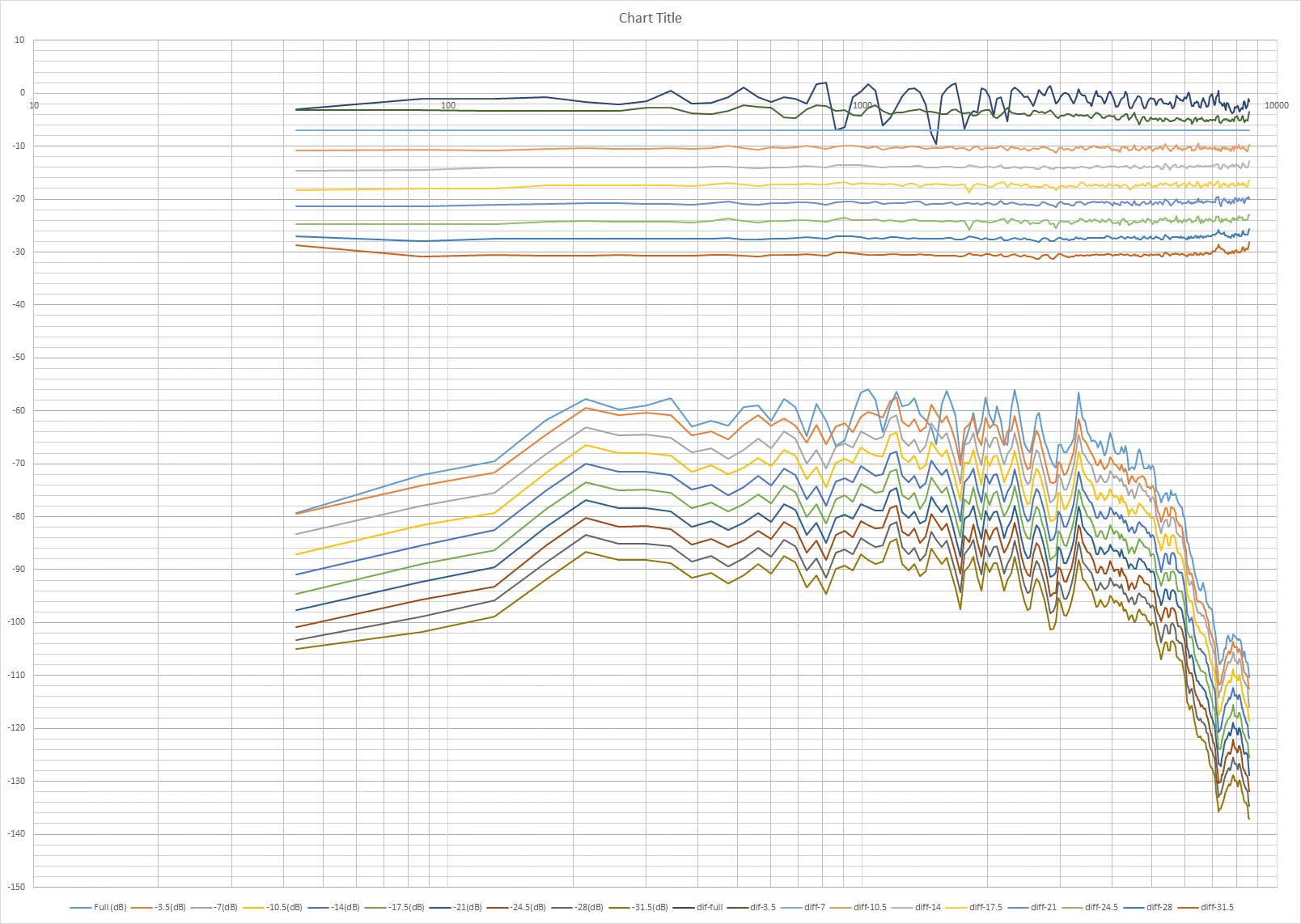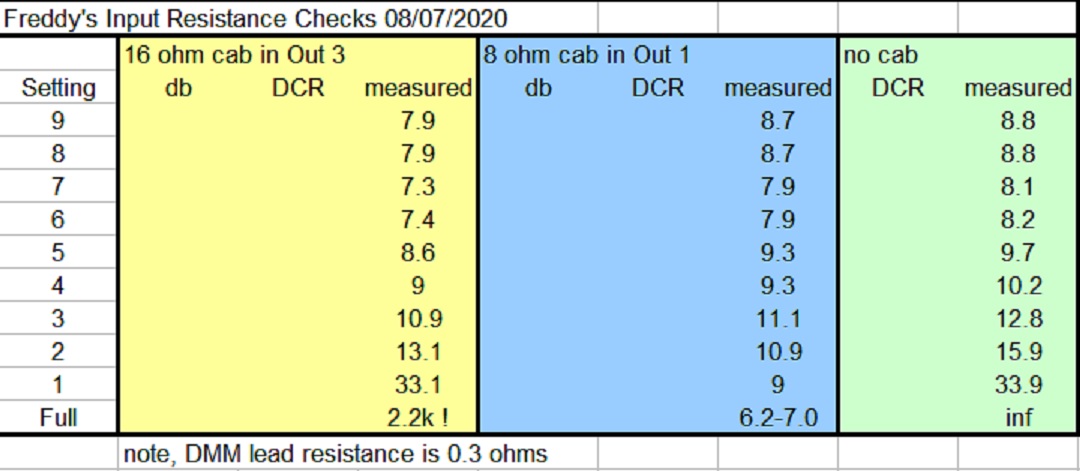Gene Ballzz
Well-Known Member
I'm just curious, how are you measuring that so exactly? AC Voltage with a multimeter, or..?
I was looking at your inductors and wondering if the coils are isolated? ie: is the metal coil touching the chassis directly? Or is the red color some insulator coating and the wire is under that?
Freddy G is a highly experienced and advanced recording/studio/live sound engineer and likely has access to measurement accuracy that mere plebes can only dream of. My apologies to Freddy if I'm sharing too much?
And it kinda looks as though he may have put some sort of plastic isolator/insulator between the coils and the case. Yes, the coil wires are at least lacquer coated/insulated, but I'm not sure I would want to depend on that, for the long term!
Just Sayin'
Gene




 . Ok, sounds pretty much the same like what John does, record a riff on a loop and mic it into a PC and see the levels there, makes sense. I tried measuring the difference with a SPL meter about 3 feet in front of the speaker, but I didn't really see it register much difference between some of the different attenuation settings
. Ok, sounds pretty much the same like what John does, record a riff on a loop and mic it into a PC and see the levels there, makes sense. I tried measuring the difference with a SPL meter about 3 feet in front of the speaker, but I didn't really see it register much difference between some of the different attenuation settings 
